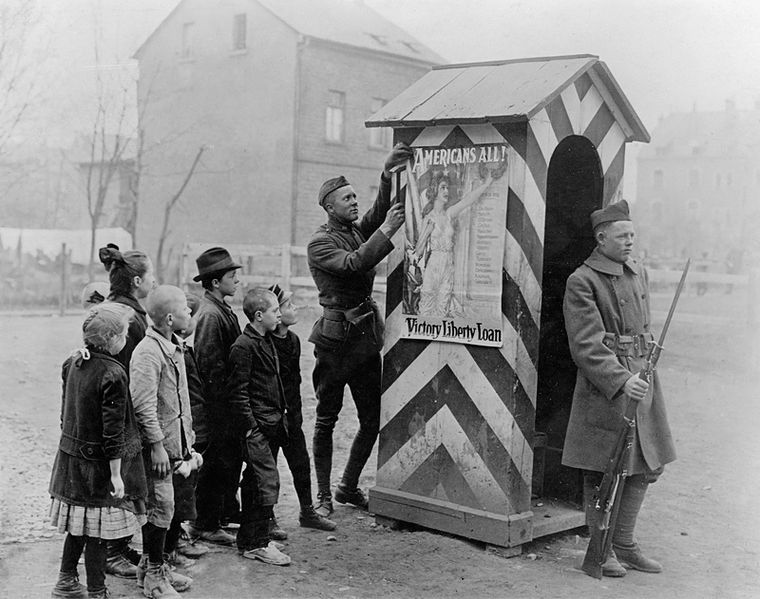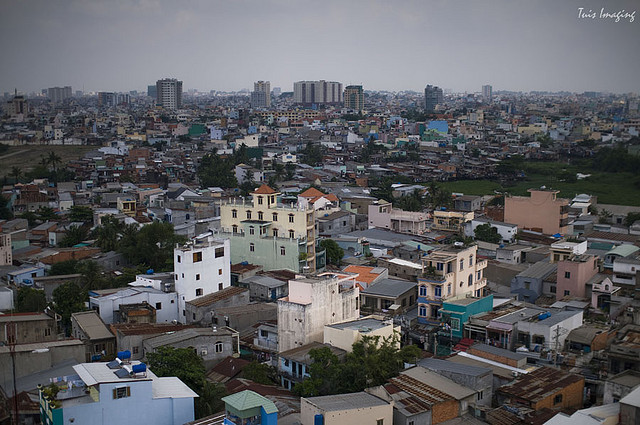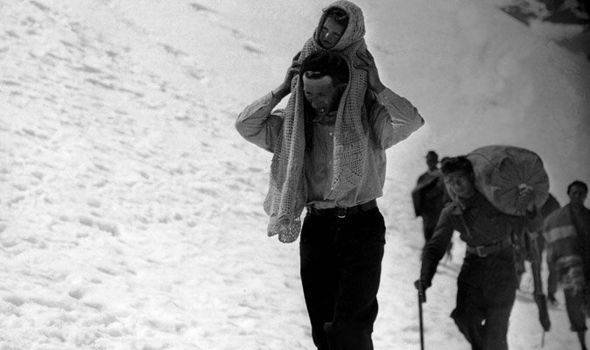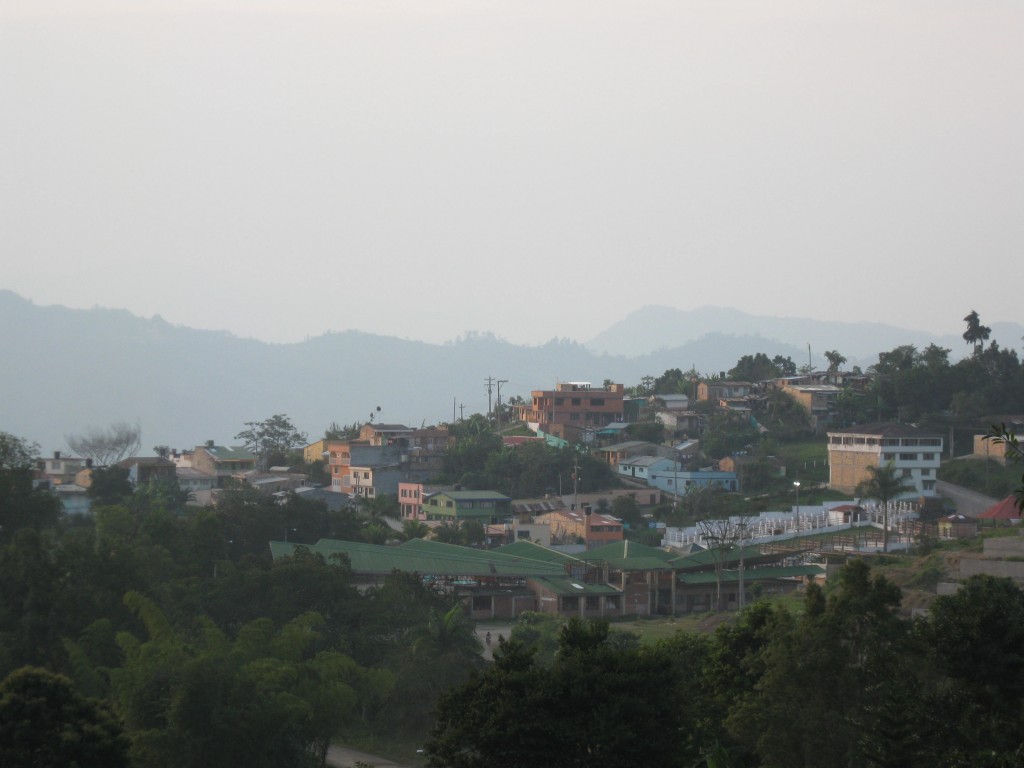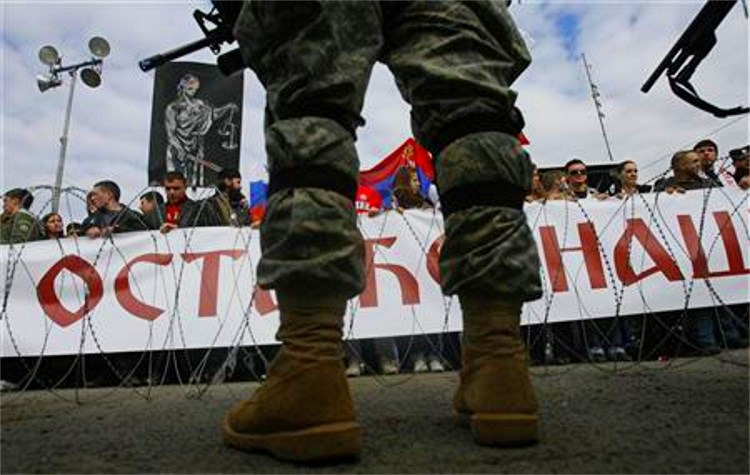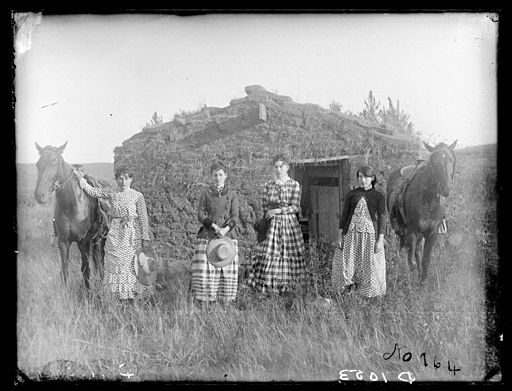
On January 6, 1860, Johann and Katharina Claassen were among the 18 families of the Molochna Colony, South Russia who organized the Mennonite Brethren Church. The group experienced much joy but also new challenges. In March, nearly three months later, the municipal authorities ordered the “Brethren” back to their former churches and Johann, as their Keep Reading…

